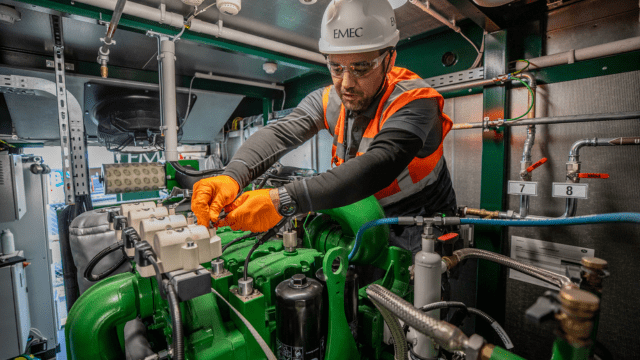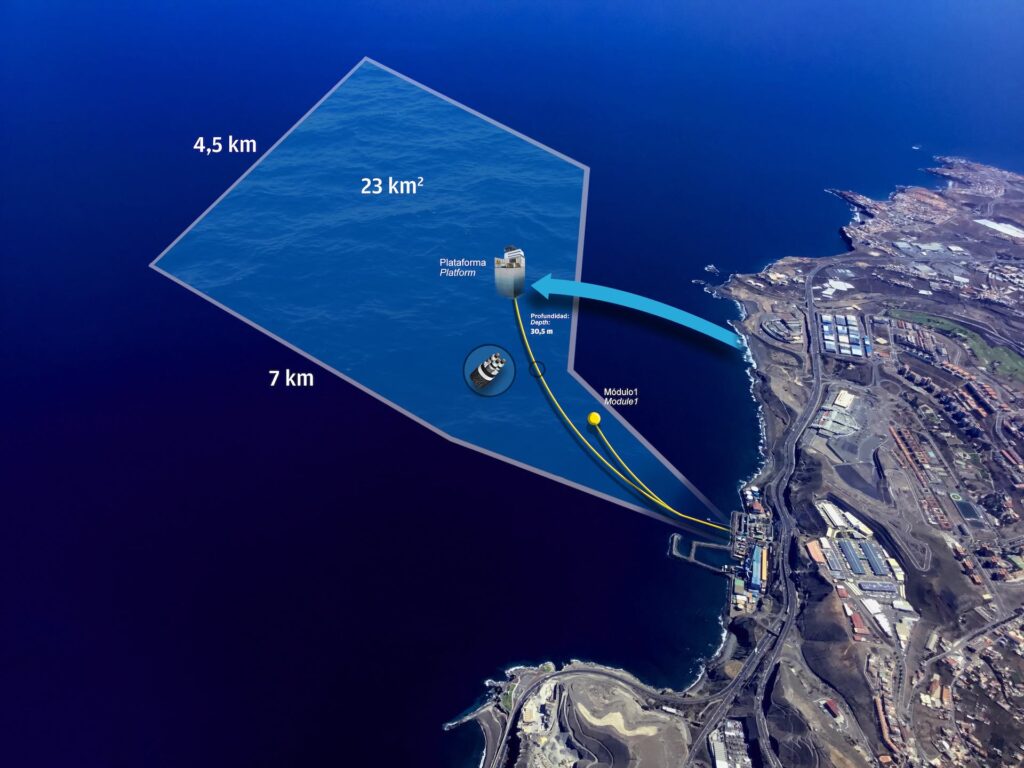Orkney, Scotland, November 2025, article rewritten from EMEC news.
In a pioneering step for sustainable aviation, engineers have successfully demonstrated the use of hydrogen to drive both electricity and heating needs at a commercial airport. The trial at Kirkwall Airport in Orkney marks the first such application in the United Kingdom, showcasing how clean energy could reshape critical infrastructure.
Led by the European Marine Energy Centre (EMEC), the project utilised a cutting-edge hydrogen combustion engine to meet the full demands of the airport’s operations. The setup involved a combined heat and power (CHP) unit running entirely on green hydrogen, a clean alternative that produces no direct carbon emissions. This innovation not only supplied electricity across the site but also warmed the main terminal building, sidelining traditional boilers during the test phase.
The CHP system, developed by German firm 2G, represents the inaugural 100% hydrogen model of its type to be deployed in the UK. Positioned on the airside of the airport, it integrated seamlessly with existing infrastructure, channeling heat to the terminal and generating power for essential services like runway lighting. Green hydrogen, sourced directly from EMEC’s facilities, fueled the entire operation, highlighting the potential of locally produced renewables in remote areas like the Orkney Islands.
Funding for the initiative came from the Scottish Government through Highlands and Islands Enterprise (HIE), with additional backing from the Sustainable Aviation Test Environment (SATE) and Rural Energy Hubs programmes. The collaboration united experts from EMEC, 2G, and Highlands and Islands Airports Limited (HIAL), the body overseeing Kirkwall Airport. Ground staff played a key role by simulating higher energy loads, enabling the system to run steadily at around 60% of its capacity without interruption.
“This effort stemmed from an in-depth energy audit conducted by EMEC under the ReFLEX Orkney initiative, which pinpointed airports as prime candidates for low-carbon upgrades,” explained Leonore Van Velzen, Operations and Maintenance Manager at EMEC. “Orkney has long been a testing ground for energy breakthroughs, where emerging technologies prove their worth in building a greener future. It’s inspiring to see hydrogen at work in a real airport setting—a clear win for practical emission reductions. We’re thrilled to have guided this safe, collaborative debut.”
The trial’s success underscores the reliability of hydrogen in high-stakes environments. During operations, the CHP unit handled the airport’s core needs, including lighting for the runway and temperature control in the terminal, all while recovering waste heat for efficiency. No fossil fuel backups were required, demonstrating the technology’s readiness for everyday use.
Mark Holtmann, Managing Director at 2G, praised the project’s scope. “We’ve installed more than 10,000 CHP systems globally, adapting them to various fuels, but bringing our hydrogen expertise to Kirkwall is a landmark for our UK presence,” he said. “Proving that hydrogen can deliver dependable power and warmth in vital operations like aviation is crucial for cutting emissions. This partnership exemplifies how teamwork drives progress toward net-zero goals.”
Orkney’s isolation, far from mainland grids, makes it an ideal proving ground for such innovations. The islands have established themselves as a leader in renewable energy trials, from tidal power to hydrogen storage. This airport demonstration builds on that legacy, offering valuable data on how hydrogen can integrate with sensitive sites like airfields, where safety and uninterrupted service are paramount.
Experts involved noted the trial’s emphasis on real-world performance. By activating extra electrical demands, the team verified the system’s stability under varied conditions. Monitors tracked efficiency, emissions, and compatibility with the airport’s setup, providing insights that could influence broader adoption in aviation and beyond.
The outcomes point to exciting possibilities for decarbonising transport hubs. Airports worldwide face pressure to reduce their environmental footprint, from fueling planes to powering facilities. Hydrogen’s versatility—offering both electricity and heat—positions it as a versatile solution, especially in regions rich in renewables but short on fossil fuel access.
This project also highlights the role of cross-sector partnerships in accelerating clean tech. EMEC’s hydrogen supply chain, combined with 2G’s engineering prowess and HIAL’s operational know-how, ensured the trial’s smooth execution. The airport fire service contributed vital safety input, ensuring compliance with stringent aviation standards.
As global efforts intensify to curb aviation’s carbon output, demonstrations like this provide a blueprint. The knowledge gained will feed into ongoing work on low-emission strategies across sectors, from rural energy networks to urban transport. For Scotland, it reinforces the nation’s commitment to pioneering sustainable solutions, potentially inspiring similar setups in hospitals, ports, and other energy-intensive facilities.
Similar initiatives are underway in Europe, such as the H2Heat project in the Canary Islands, where hydrogen CHP systems are being tested to provide heating and power for hospitals. These efforts collectively signal a shift toward integrated, hydrogen-based energy ecosystems that prioritise efficiency and environmental responsibility.
The Kirkwall trial wraps up a chapter in Orkney’s innovation story, but it opens doors to future explorations. As hydrogen infrastructure expands, expect more sites to follow suit, turning ambitious concepts into everyday reality.
Sources
- European Marine Energy Centre (EMEC). (2025).
- Highlands and Islands Enterprise (HIE). (2025). “Funding Report: Sustainable Aviation Initiatives.”
- 2G Energy AG. (2025). “UK Hydrogen CHP Deployment Case Study.”



